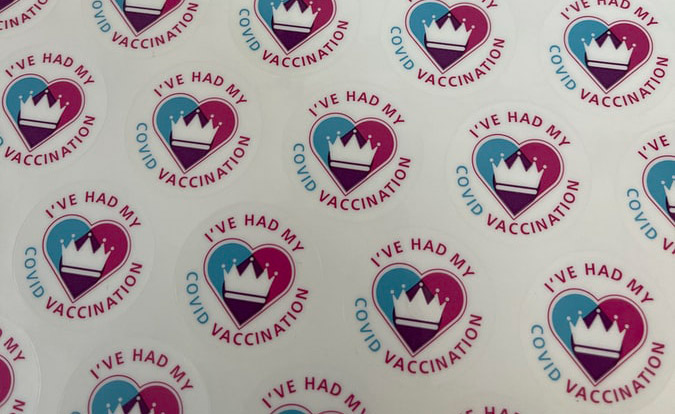
The challenge is underway to vaccinate people against COVID-19 and we’ve seen great strides made in the UK, with the government pledging that all UK adults will be offered the vaccine by the end of July this year, which could be met even sooner. While we have demonstrated we can meet this huge logistical challenge, the impact of vaccinations will only be effective if we have high uptake rates.
A key barrier to uptake and a major public health concern is vaccine hesitancy. UK research shows high levels of mistrust about vaccines. For example, 14% of people have reported unwillingness to receive a vaccine for COVID-19, whilst 23% were unsure. Reasons for hesitancy include safety concerns, preference for natural immunity, concerns about commercial profiteering and general distrust in the benefit of vaccines[1]. This is likely to be compounded by recent coverage from Europe and beyond, raising doubts around the Oxford vaccine.
The levels of distrust are even higher among ethnic minority groups1. Growing up in an Indian family I know first-hand the number of times I’ve had to explain to elderly relatives the importance of following the latest scientific evidence in medical care. Addressing these issues is critical since ethnic minority groups are disproportionately impacted by COVID-19 and many are working on the frontline.
My view is that a major part of vaccine hesitancy is due to these groups hearing misinformation through word of mouth and non-scientifically supported sources. This is driven by cultural factors including strong community interdependence among the older generation. To address this problem I think we need more creative communications which connects in the best possible way with the target audience and inspires change for the better. Putting it simply it’s not what you say but how you say it.
It’s great to see creativity being applied to the challenge in mainstream media. Firstly, last month the UK’s major broadcasters aired a #TakeTheVaccine campaign encouraging ethnic-minority communities to get vaccinated against COVID-19. The video united prominent figures, including Adil Ray, Moeen Ali, Denise Lewis, Romesh Ranganathan, Meera Syal, David Olusoga and Beverley Knight, who address vaccine hesitancy among ethnic-minority communities and debunk myths about the vaccine.
Secondly, we can incorporate more fun and humour into communications. For example, in addition to the comedians featured in the #TakeTheVaccine video, there is the potential for other influencers to deliver impactful communications that can go viral. For example, Dolly Parton who reworked Jolene after receiving the COVID-19 vaccine.
Finally, in addition to the top-down approaches above, we need grassroots campaigning by collaborating with local religious leaders, community groups and influencers who can deliver authentic, empathetic, and trusted messages to a wide audience. This work started last year when Adil Ray created stay-at-home videos tailored for British Asian audiences.
Vaccine hesitancy is not a new issue and we’ve seen the impact on key vaccination programmes such as MMR and HPV. However, if we look beyond boundaries and limitations, we can counter-balance misinformation with creative and relevant content like the #TakeTheVaccine campaign. This cut through the noise and did a great job of building an emotional connection with audiences and has the potential to help change beliefs and, through them, behaviours.
References
- Paul E, Steptoe A, Fancourt D. Attitudes towards vaccines and intention to vaccinate against COVID-19: Implications for public health communications. The Lancet Regional Health – Europe. doi: 10.1016/j.lanepe.2020.100012.

